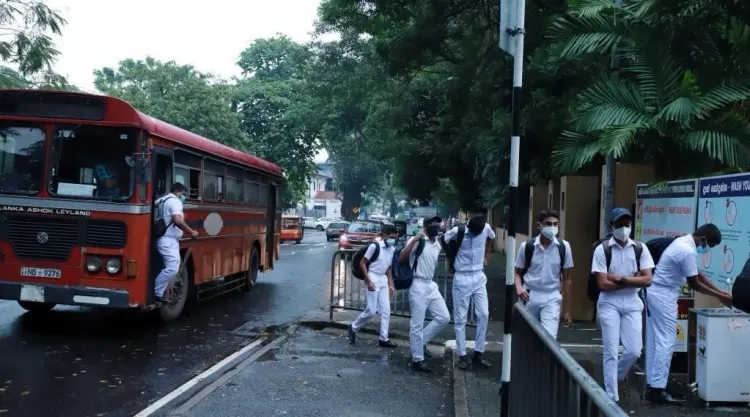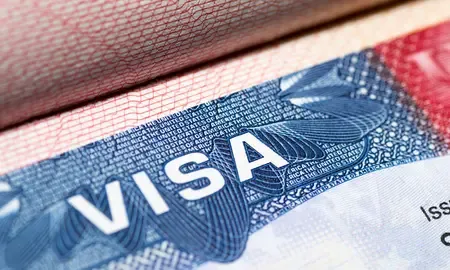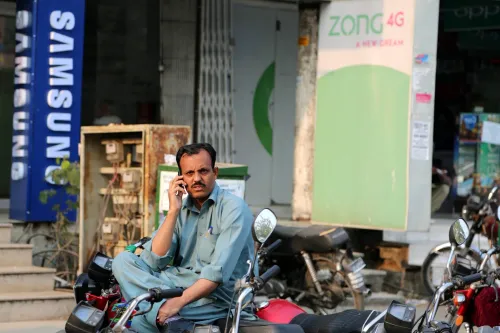How is Sri Lanka Tackling Dengue and Chikungunya in Schools?

Synopsis
Key Takeaways
- School principals must eliminate mosquito breeding sites.
- Legal actions are possible for non-compliance.
- Periodic inspections will be conducted by the ministry.
- Dengue and Chikungunya cases are rising in Sri Lanka.
- Early detection and treatment are critical for recovery.
Colombo, June 9 (NationPress) The Ministry of Education in Sri Lanka has rolled out new guidelines aimed at curbing the proliferation of dengue and Chikungunya within educational institutions nationwide, as reported by local media.
Under these new regulations, school principals may face legal repercussions if any mosquito breeding sites are detected during inspections on school grounds.
The ministry announced that every school is required to formulate and execute its own strategy to eradicate mosquito breeding areas while ensuring that educational activities proceed without interruption.
Notices have been dispatched to principals of all public and government-approved private schools, heads of religious institutions, deans of national colleges of education, and administrators of other educational bodies to inform them about the new protocol.
Periodic inspections of schools will be conducted, as highlighted by the Xinhua news agency.
Currently, the incidence of dengue and Chikungunya is escalating in Sri Lanka.
The World Health Organization indicates that Dengue can manifest as anything from asymptomatic infections or mild illness to severe disease. Approximately 1 in 4 dengue virus infections exhibit symptoms, typically presenting as mild to moderate, acute febrile illness.
Infection with any of the four dengue viruses grants long-lasting immunity to that specific strain. Given that there are four strains, individuals can experience multiple infections throughout their lives. Early clinical signs can be nonspecific but necessitate a high degree of suspicion, as recognizing early signs of shock and promptly administering extensive supportive care can significantly lower mortality risks.
Common symptoms include high fever, headaches, rashes, and muscle and joint pain, and it may also lead to nausea and vomiting. In severe instances, serious bleeding and shock can occur, posing life-threatening risks.
Treatment focuses on managing symptoms, which may involve fluids and pain relief. Severe cases require hospitalization.
On the other hand, Chikungunya is a viral disease transmitted by mosquitoes, characterized by fever and intense joint pain. It is caused by a ribonucleic acid (RNA) virus from the alphavirus genus within the family Togaviridae. The term “chikungunya” originates from a word in the Kimakonde language of southern Tanzania, meaning “that which bends up,” referring to the stooped posture of individuals suffering severe joint pain.
The Chikungunya virus (CHIKV) is spread to humans through bites from infected female mosquitoes, primarily Aedes aegypti and Aedes albopictus, which are also vectors for other viruses like dengue and Zika. These mosquitoes are most active during daylight, with peak activity occurring in the early morning and late afternoon.
CHIKV was first recognized in the United Republic of Tanzania in 1952 and later identified in other regions of Africa and Asia. Urban outbreaks were documented in Asia during the 1970s, yet since 2004, CHIKV outbreaks have become increasingly common and widespread.
The first local transmission of chikungunya in the Americas was recorded in late 2013, leading to significant outbreaks across many countries in the region. Currently, chikungunya has been reported in 110 countries across Asia, Africa, the Americas, and Europe.









